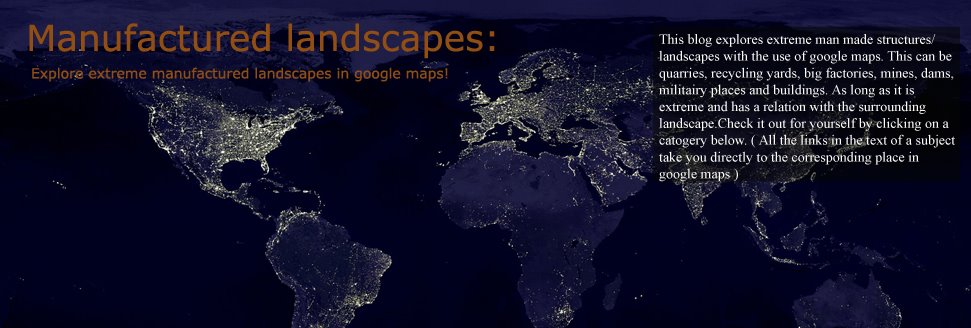Seaweed farms
Seaweed farming:
Seaweed is a loose colloquial term encompassing macroscopic, multicellular, benthic marine algae.The ecology of seaweeds is dominated by two specific environmental requirements. These are the presence of seawater (or at least brackish water) and the presence of light sufficient to drive photosynthesis. A very common requirement is also to have a firm point of attachment. As a result, seaweeds are most commonly found in the littoral zone and within that zone more frequently on rocky shores than on sand or shingle. Seaweeds are used as food, medicines, fertilizers,and for industrial purposes. Seaweeds are extensively used as food by coastal people, particularly in East Asia, e.g. Japan, China, Korea, Taiwan, and Vietnam, but also in Indonesia, Peru, the Canadian Maritimes, Scandinavia, Ireland, Wales, Philippines, and Scotland, among other places. Seaweed is very common in most oceans and sea's, but is also farmed in so called seaweed farms. This is done on small plots ( floating nets ) floating in the water ( most of the time in a bay ), where the seaweed is attached on.
These seaweed farms can be huge and can excist of thousands of these floating seaweed plots. Here in China for example a very big seaweed farm is situated:
The biggest in the world is situated in the Jiaozhou Bay near Qingdao in China. This particular seaweed farm is producing almost half of the total global seaweed production. This farm isn't using these typical floating plot's but is using some kind of underwater nets where the seaweed is attached to: 



Seaweed farms are also very common in the bay of Tokyo. The biggest in this area is this one:
Each plot you see in the picture above is 100 meters long and the dimensions of the total farm is 6km by 4km. Here is another seaweed farm in China. This farm is situated near a tidal area as you can see in the picture below:














